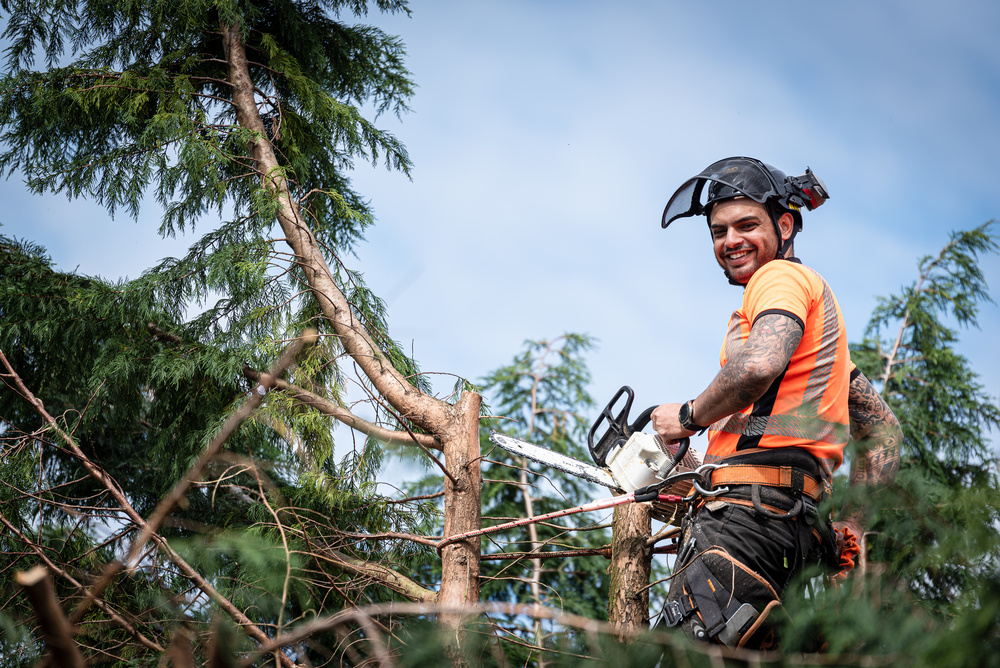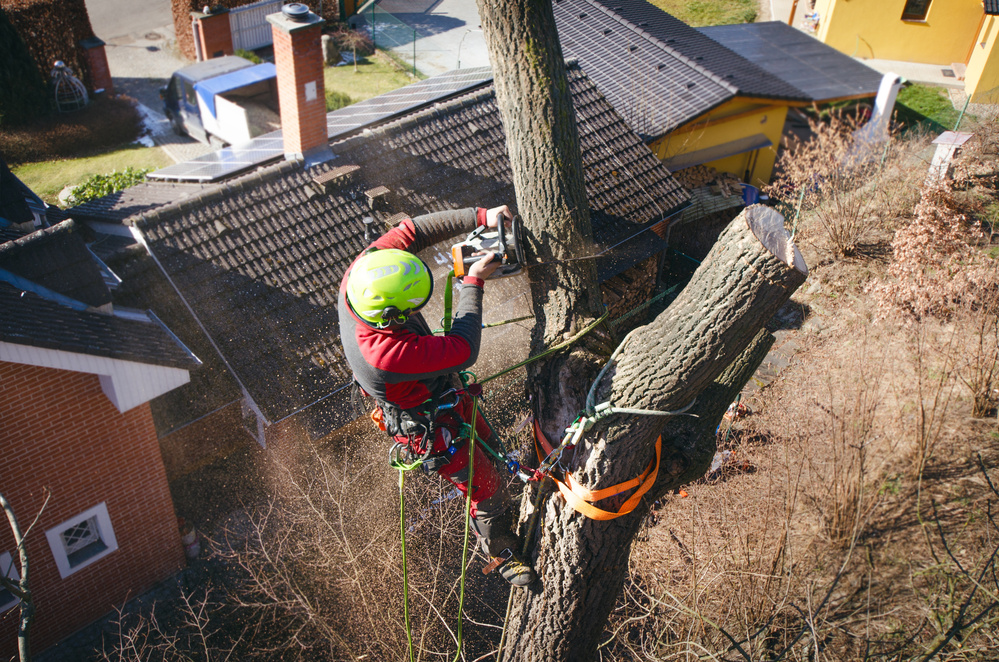Properties surrounded by lush greenery look appealing, especially to potential buyers. Plants and trees add aesthetic value to the landscape while also boosting comfort for the home occupants. For one, tall trees can help shield the home’s interior from harsh sun rays, strong winds, and heavy rains.
Meanwhile, they also have a cooling effect on the rest of the property, making them ideal. However, a time comes when trees have to be cut down. For instance, dead trees must be removed immediately to avoid attracting insects and pests to the home. A tree can also be a safety hazard, particularly if damaged or weakened.
Apart from these examples, there are other reasons a tree should be removed from a property. Continue reading this article to know the signs that it’s time to take a tree down.
Table of Contents
The Tree Becomes A Safety Hazard
It can be hard to tell how tall and big a tree can grow when planting a seed or a seedling. Hence, property owners can face problems when the tree grows too close to the home structure. If the branches grow long enough to enter a window or cover a balcony, it can cause inconvenience.
Moreover, feral animals or intruders can use the tree to trespass on the home. Lastly, the roots may grow too close to the foundation and cause it to crack or encourage mold growth and weaken the structure.
In this case, it’s best to have the tree cut down by arborists. You can find professional services in your location by quickly searching online. For instance, you can use the keywords ‘tree removal Central Coast‘ to find arborists who service the said area.

Tree surgeon hanging from ropes in the crown of a tree using a chainsaw to cut branches down. The adult male is wearing full safety equipment.
The Tree Has A Disease
Like plants and flowers, a tree can contract diseases affecting its structural integrity. Signs of diseases in trees include weakening or falling branches and dried leaves. The tree may also stop producing new growth, indicating a disruption in its internal growth processes.
Another sign of the disease is sudden noticeable changes in the tree’s shape and the direction in which it stands. If it starts to lean heavily on one side, or becomes misshapen in some way, then these might be signs that the roots have become too weak to support the base of the tree. Hence, the tree loses its foothold on the ground where it stood.
A diseased tree may pose safety risks, especially as there’s no telling when rotten branches would suddenly fall off. Moreover, a tree that starts to lean towards the direction of your home may endanger its structure if it falls over it.
However, having a diseased tree may not always require complete removal. If you want to find out if the tree can be revived with proper care, you can consult a certified arborist and see what can be done.
Depending on the severity of the disease, the arborist may recommend cutting down the rotten or weakened portions or removing the tree altogether.
The Tree Is Weather-Damaged
At times, perfectly healthy trees get heavily damaged by storms or strong winds, causing branches to break or leaves to fall off. The damages may be too severe that the tree would have to be cut down and removed from the property before it withers and rots.
In this case, you’ll also need the help of licensed arborists to cut down the tree into smaller pieces safely. If you want to leave the space vacant, you can also ask them to remove the tree stump.
The Tree Has Withered
It may be tricky to determine if a tree is completely dead, and you may need to dedicate a specific period for observation to do so. This process may seem simple, though some homeowners hesitate to take down a tree that’s been part of their property for a long time.
However, it’s important to note that having a dead tree close to your home may pose health and safety hazards. For one, the rotting parts may attract insects and feral animals, and some may cause damage to your property. Also, there’s a risk that branches will suddenly fall off and cause accidents.
To check if a tree has lost its life, check if the bark under the rough surface is moist and green. If you notice that most of the inner parts have started to brown and rot, it’s a sign of poor health or death. Also, the leaves and branches must be lush and green during summer.
Conclusion
Given proper care and maintenance, trees can be valuable additions to a property. Hence, removing those in poor health or showing signs of deterioration can be considered an essential part of caring for your yard.
Moreover, you’ll also need to protect your home against health and safety hazards posed by having a diseased or withering tree on your property. Thus, you’ll have to be on the lookout and be prepared to acquire solutions for tree trimming and removal based on your requirements.




